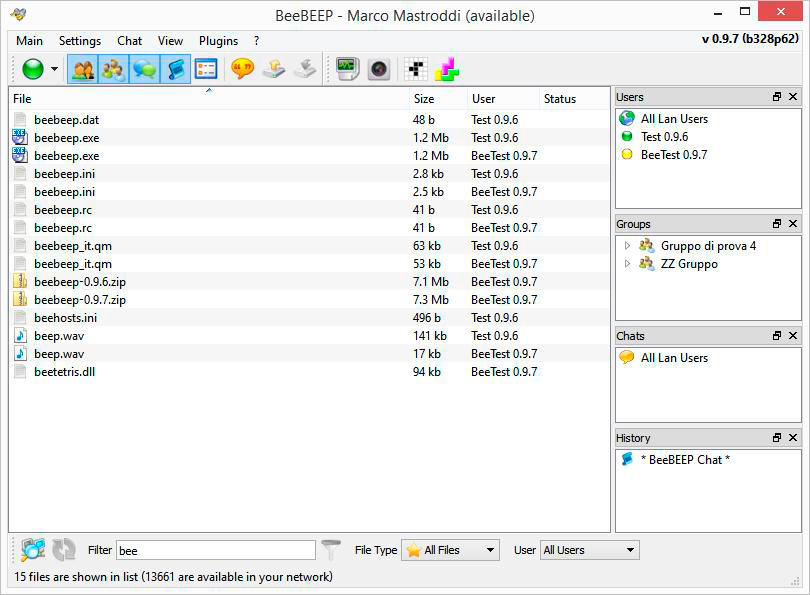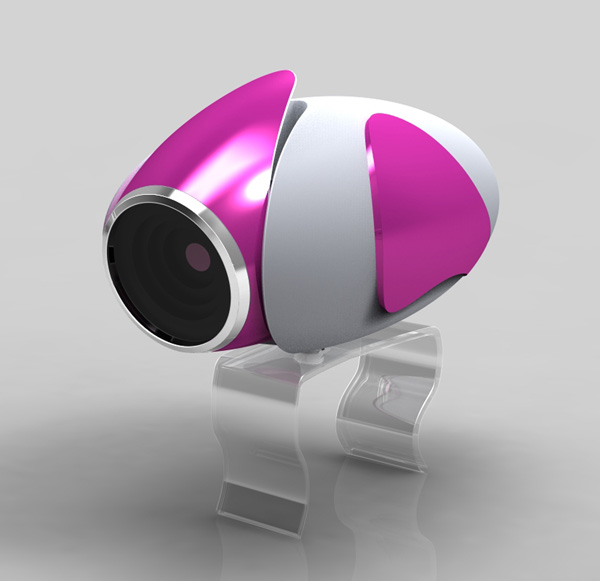

The normal forward voltage of each IR LED is 1.2V and about 20ma as shown on the data sheet. The 48 LEDs are divided into two sets of 24 with each set controlled by an N-ch mosfet. If a bee is present the IR light reflects off the bee and triggers the sensor.

If no bee is present the IR light is absorbed into the black surface. Each optical sensors has an IR LED and an IR sensor. Honeybees are forced through 24 gates where optical sensors (48 sensors) determine whether the bee is present and determine the direction of the bee movement. This indicates both a volume of bees that are leaving and returning together as well as a rough distance or time to the foraging location. It's easy to see in the data small but distinct shifts between bees OUT and bees IN. If there is a drop in orientation flights it might indicate a reduction in egg laying ~42 days prior (22 days hatch + 20 days till forage). Before foraging bees of this age will leave the hive as a group at around mid day resulting in an easy to see ~45min peak in data. Orientation flights is a behavior of 'middle aged' bees about 20 days old. honey bee education or museum type installationĮquating bee flight data and orientation flights to over all hive health or queen health seems possible.introduction to electronics, soldering and micro-controller programming.comparison between two or move hives to test for manipulations such as,.the time shift between peaks of bees leaving and returning might indicate number of foragers and distance to pollen/nectar source.the expansion or decline of orientation flights over days might signal queen health.the rate of expansion or decline of bee flights might indicate hive health.


 0 kommentar(er)
0 kommentar(er)
